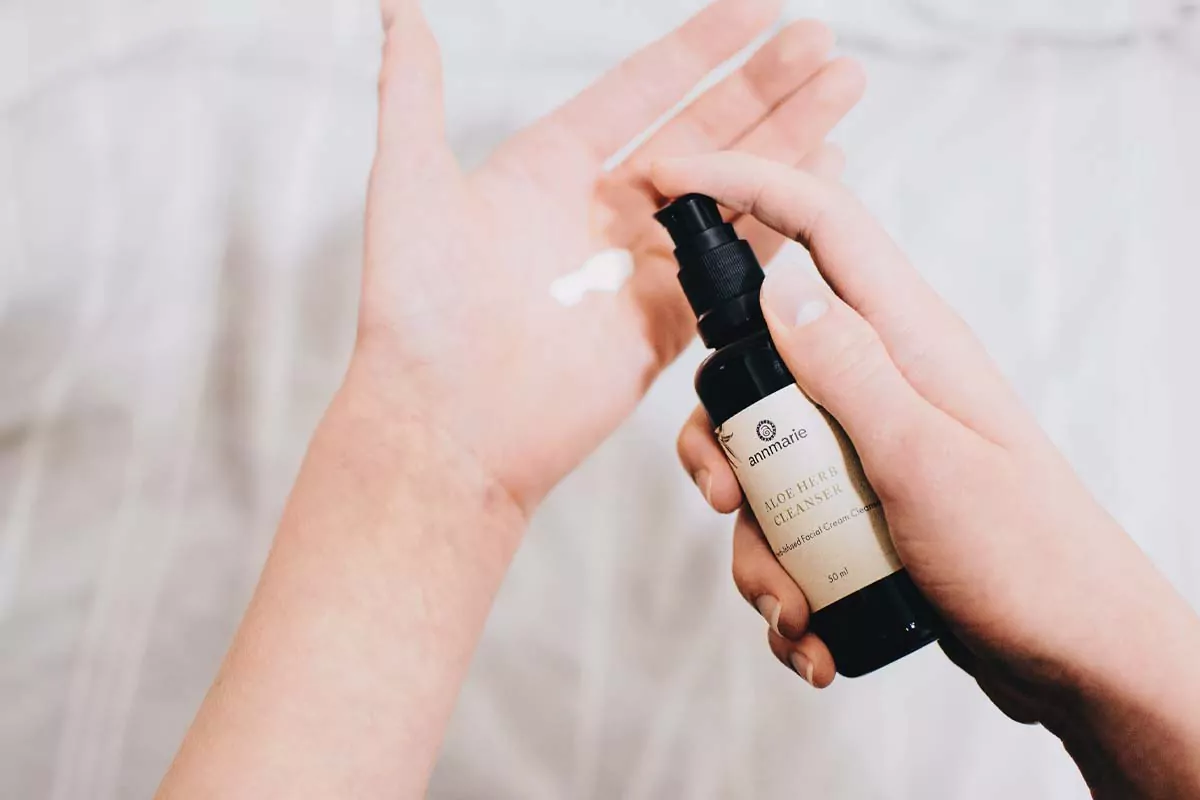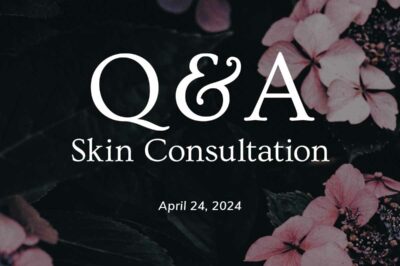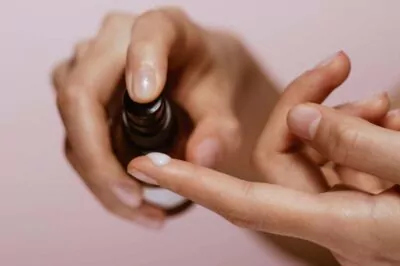Table of Contents[Hide][Show]
In today’s fast-paced society, stress has become a common aspect of life, impacting not only our mental and physical health but also our appearance. Specifically, our facial skin can reflect various signs of stress, influencing how we look and feel about ourselves. This article aims to explore the subtle yet significant ways in which stress can affect our facial skin.
By understanding this connection, we can learn how to better manage stress and maintain a healthier, more youthful appearance. Remember, a comprehensive approach to managing stress can contribute to overall well-being and support skin health.
What Are Stress Wrinkles?
Stress wrinkles are lines that may appear on our face which some believe can be associated with emotional states such as worry or habitual facial expressions like frowning. They are often discussed in contrast with wrinkles that develop naturally over time due to aging or environmental factors like sun exposure. It’s thought that these wrinkles can appear in areas such as the forehead, between the brows, and around the mouth—areas commonly associated with expressive movements.
While lifestyle factors and genetics play a significant role in the development of all types of facial lines, understanding how our emotions and facial expressions might contribute to these visible signs can be a step toward mindful stress management and skin care practices.
How Stress Affects and Ages Your Skin?
While stress does not directly cause skin aging overnight, it’s believed to contribute to conditions that might influence the appearance of the skin. Here are some ways stress may manifest in the skin, according to general observations:
- Clogged pores: Elevated stress levels are thought to increase cortisol production, which might lead to an oily complexion and contribute to clogged pores. However, many factors contribute to skin condition, and stress is just one of them.
- Bags under eyes: Poor sleep quality, often associated with high stress levels, might contribute to the appearance of bags under the eyes. Adequate rest is essential for various aspects of health, including the appearance of the skin.
- Dry skin: Stress can potentially affect the skin’s ability to retain moisture, leading to a perception of dryness and highlighting fine lines.
- Rashes: While not directly causing rashes, stress might exacerbate skin sensitivities and reactions, contributing to the appearance of rashes in predisposed individuals.
- Wrinkles: The impact of stress on overall skin health might influence the visibility of wrinkles due to changes in skin texture and moisture levels.
It’s important to note that these observations do not establish a direct cause-and-effect relationship between stress and these skin conditions. They are general statements about how stress might influence the skin’s appearance based on common experiences.
Managing stress and adopting a comprehensive skin care routine can be beneficial for overall well-being and may positively impact the skin’s appearance.
How to Reverse Stress Aging
While it’s not possible to completely “reverse” aging due to stress, adopting certain practices can help improve the appearance of your skin and potentially reduce the visible impacts associated with stress.
Changing Your Lifestyle
Engaging in stress-reduction activities such as mindfulness, meditation, prayer, and deep breathing can contribute to overall well-being, which may reflect on your skin’s appearance.
Regular Exercise

Incorporating physical activity into your routine can help reduce stress. Regular exercise is known to support overall health as well as provide benefits to the skin, which can be advantageous for both stress management and skin support.
Balanced Diet Rich in Antioxidants
Consuming a diet filled with organic fruits, vegetables, and other sources of antioxidants can support general health and glow. While a balanced diet can contribute to overall well-being, it’s part of a holistic approach to health and skin care.
Adequate Sleep
Ensuring you get enough quality sleep is important for health and can influence your skin’s appearance. Rest is crucial for the body’s natural rejuvenation processes, including those of the skin.
Manage Your Time
Utilizing a time organization method like time blocking, the pomodoro method, or scheduling can help organize the business of your life. Additionally, allocating time for relaxation and engaging in activities you enjoy can help lower stress levels. This may contribute to a more relaxed and youthful appearance over time.
Using Antioxidants Products
While no skin care product can reverse aging, using products formulated with antioxidants can help support the skin’s appearance for a more youthful glow throughout the natural course of aging. Always select products that are appropriate for your skin type and needs.
Have a Good Skin Care Routine

A consistent, effective skin care routine can do wonders for the skin’s appearance. We recommend incorporating this general, daily 4-step routine that includes cleansing, hydrating with a serum, moisturizing, and applying sunscreen to protect the skin from environmental factors.
Seeking Professional Help
Consulting with a skin care professional can provide personalized advice and care options tailored to your individual needs. Remember, outcomes from professional applications can vary and should be discussed with your health practitioner, especially if you have a more sensitive skin type.
Conclusion
While stress is a natural part of life, its visible impact on our facial skin can be managed through mindful practices and proper care. Understanding the connection between stress and skin appearance allows us to adopt a more holistic approach to our well-being and skin care routine. Implementing stress reduction techniques, embracing a balanced lifestyle, and maintaining consistent skin care practices are all steps toward supporting your skin’s health and appearance.
It’s important to remember that while we can’t stop the natural aging process, we can influence how our skin responds to stress through positive lifestyle choices. A holistic approach, focusing on both mental and physical well-being, may contribute to a healthier-looking complexion. However, individual results can vary, and it’s essential to set realistic expectations and understand that changes in skin appearance are part of the natural aging process.
By prioritizing stress management and skin health, we can face life’s challenges with resilience and maintain our skin’s vitality as best as possible. Let this be a reminder that taking care of ourselves inside and out is a valuable investment in our overall health and well-being.
Frequently Asked Questions
What Age Does Stress Affect The Most?
Stress affects individuals differently at various stages of life, and there is no specific age where stress is most impactful. Everyone’s skin responds uniquely to stress; however, adopting healthy stress management practices is beneficial at any age and can contribute to overall well-being and skin health.
How Can I Tell If My Skin Issues Are Related to Stress?
Skin responses to stress can include changes such as increased oiliness, dryness, or the appearance of rashes. If you notice changes in your skin during periods of high stress, consider adopting stress reduction techniques and a suitable skin care regimen. Consulting with a skin care professional can also provide personalized advice.
Are There Specific Skin Care Ingredients That Help With Stress-Related Skin Issues?
While no single ingredient can address all stress-related skin issues, products formulated with antioxidants, hydrating components, and gentle cleansers can support the skin’s health. Always choose products suitable for your skin type and consider consulting with a skin care professional for personalized recommendations.
How Long Does It Take To See Improvement In My Skin After Reducing Stress?
The time it takes to notice improvements in skin after reducing stress can vary widely among individuals. Consistency in stress management and skin care routines is key. It’s important to give your body and skin time to respond to changes in stress levels and care practices.








Leave a Reply